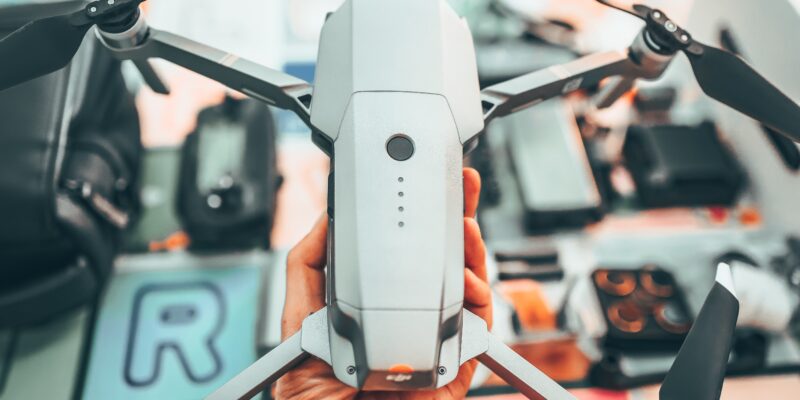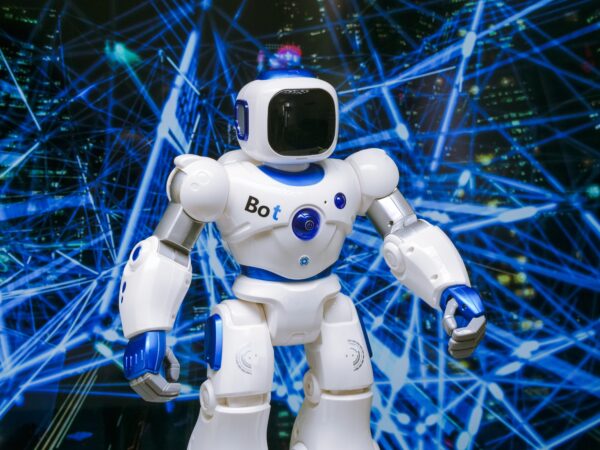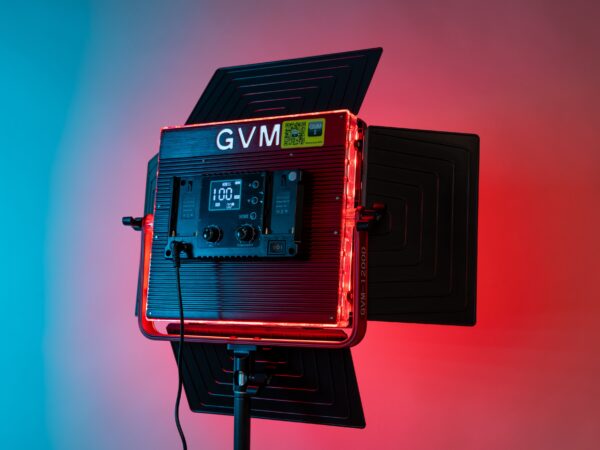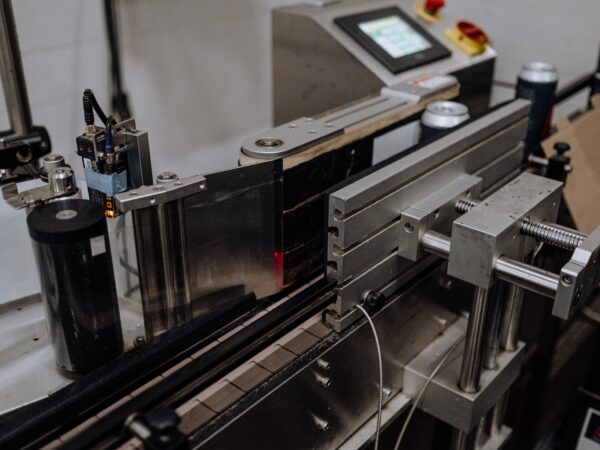We are living in a technology-driven world where smartphones, social media, and the internet have become ubiquitous. As much as technology presents us with numerous benefits, it’s vital to consider adopting mindful technology use practices. Mindful technology use entails using technological devices and services with intent and attention to the impact they have on our mental, emotional and social well-being. This article explores the importance of mindful technology use and provides some tips on how to achieve it.
Effects of Unmindful Technology Use
Without deliberate efforts to manage technology use, it’s easy to become a victim of addiction, digital stress, and information overload. Digital stress is becoming increasingly prevalent, with the fear of missing out, endless demands for attention, and the need for instant gratification. Unmindful technology use can lead to anxiety, depression, loneliness, and low self-esteem, which affect our productivity and our relationships.
Over-reliance on technology, particularly social media, can lead to excessive comparison with others, which can lead to feelings of inadequacy or jealousy. Also, using technology close to bedtime can interfere with sleep quality and duration, altering circadian rhythms, and thus affecting overall well-being. It’s crucial, therefore, to develop mindfulness practices when using technology.
Tips for Mindful Technology Use
1. Set Intentions
It’s important to set intentions for using technology to ensure that you stay on track with your daily activities. Before engaging with devices, identify what needs to be achieved, and let that guide your use of technology. For example, limit social media usage to one hour a day, or use a specific device for particular tasks rather than multitasking.
2. Track Technology Use Habits
Tracking your technology use habits helps promote awareness of your technological habits. There are apps that you can use to monitor the time you spend on each application, links, or website. You can use this information to make changes to your behavior and establish balanced habits that work for you.
3. Schedule Breaks
You can’t stay online and be productive indefinitely, so it’s vital to schedule breaks in between work. Breaks help reduce digital stress and provide an opportunity to engage with activities that recharge energy levels. Unplug from technological devices and do other activities that allow you to relax, such as taking a walk, listening to music, or meditating. Breaks help prevent burnout, which is essential for optimum productivity.
4. Create Safe Spaces
Work from home has become popular recently, and with it comes the blurring of lines between work and personal life. This may result in constant use of devices, affecting concentration, and the ability to relax. Creating safe places where you can leave behind technology and engage in activities that bring joy, such as reading a book, can ease tension and reduce burnout.
5. Practice Mindful Breathing
Mindful breathing helps reduce anxiety and allows you to stay focused on the present moment. This simple practice can be performed anywhere at any time, whether you’re on a break or waiting in line. Take three deep breaths and focus your mind on your respiration.
Conclusion
Mindful technology use is essential in ensuring that technology remains a tool that enables our lives rather than overpowering us.
Avoiding digital stress and burnout is vital for optimum productivity and overall well-being. It’s important to create mindful habits when using technology to promote a balanced life. Set intentions and track technology habits, schedule breaks, and create safe spaces for relaxation.
Finally, practice mindful breathing to remain present and focused on the task at hand. By adopting these mindful technology habits, you can realize the benefits of technology while avoiding the pitfalls.











